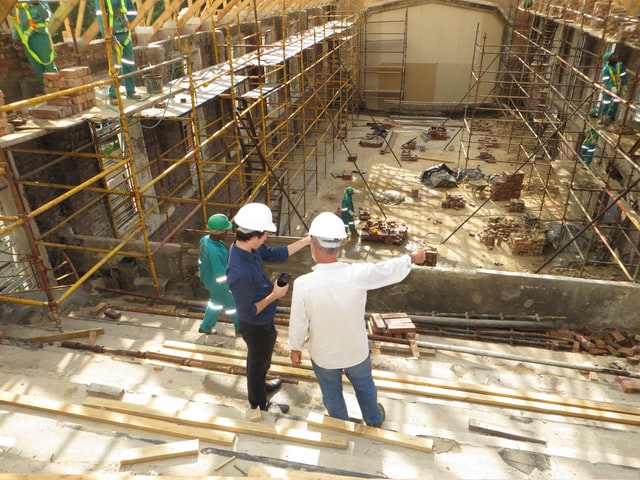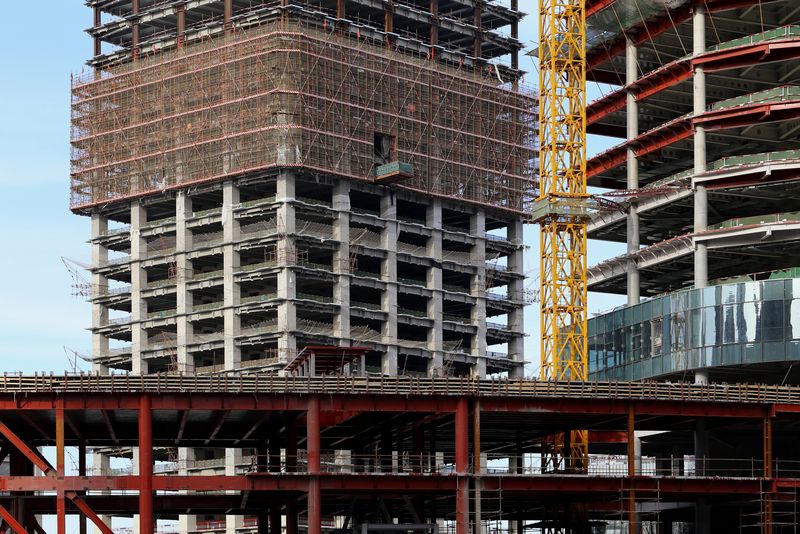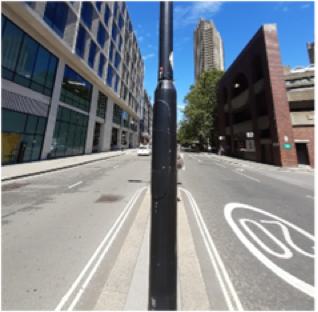What do current air quality concerns mean for developers?
16-02-2017
Last updated 14-02-2024
 Air quality has repeatedly hit the headlines these past twelve months or so. This was perhaps sparked by the Client Earth judgement that found the UK government has not done enough to work towards improving air quality in our polluted cities (see previous blog post here). This was just before the Brexit vote, and since then many have been speculating on what the implications of Client Earth’s case might be in post-Brexit Britain. Certainly, once Britain leaves the EU, there will be no mechanism for fines to be issued for ongoing exceedances of the EU air pollution limit values. However, this is all moot, as pollution episodes this winter have been widely covered by the press, including recommendations for children to wear gas-masks on their way to school and reports that London exceeded the annual allowance for air pollution breaches in the first five days of 2017. So what does this mean for developers? Two things are most evident:
Air quality has repeatedly hit the headlines these past twelve months or so. This was perhaps sparked by the Client Earth judgement that found the UK government has not done enough to work towards improving air quality in our polluted cities (see previous blog post here). This was just before the Brexit vote, and since then many have been speculating on what the implications of Client Earth’s case might be in post-Brexit Britain. Certainly, once Britain leaves the EU, there will be no mechanism for fines to be issued for ongoing exceedances of the EU air pollution limit values. However, this is all moot, as pollution episodes this winter have been widely covered by the press, including recommendations for children to wear gas-masks on their way to school and reports that London exceeded the annual allowance for air pollution breaches in the first five days of 2017. So what does this mean for developers? Two things are most evident:
- Air quality is a key public concern and this means that pressure is piling on local and central government to take effective action to improve it; and, consequently,
- It will be much more challenging for development proposals to be approved where they add traffic to pollution hotspots and/or where they place new residents in areas of poor air quality.
Since the last recession, government budgets have been slashed, making air monitoring data and vehicle emissions factors less comprehensive or up-to-date. Pragmatic and experienced technical staff who comment on and approve air quality assessments have also been lost from numerous local planning authorities. Compounding this has been the government’s drive to stimulate the economy by promoting construction, which has put greater pressure on the regulators who are finding it hard to properly assess and effectively advise on development proposals. We might now have reached a tipping point, where poor air quality and its continued impact on the most vulnerable members of society mean that we need to be assessing and mitigating effects with much greater rigour. Specifying carbon filtration for new homes or mechanical ventilation that prevents windows opening onto polluted roads should be seen only as stop-gaps and last-ditch measures to protect occupants from poor air quality. Focus needs to be placed on reducing the sources of pollution, and constraints on local authorities means that this should be led by central government. Public pressure is mounting and research continues to improve our understanding of the long term health effects of air pollution on health, and particularly on vulnerable groups such as schoolchildren. London might shortly lead the way. The Mayor was voted in last year on a clear mandate to improve air quality and he has recently committed to doubling the available budget to do this.



